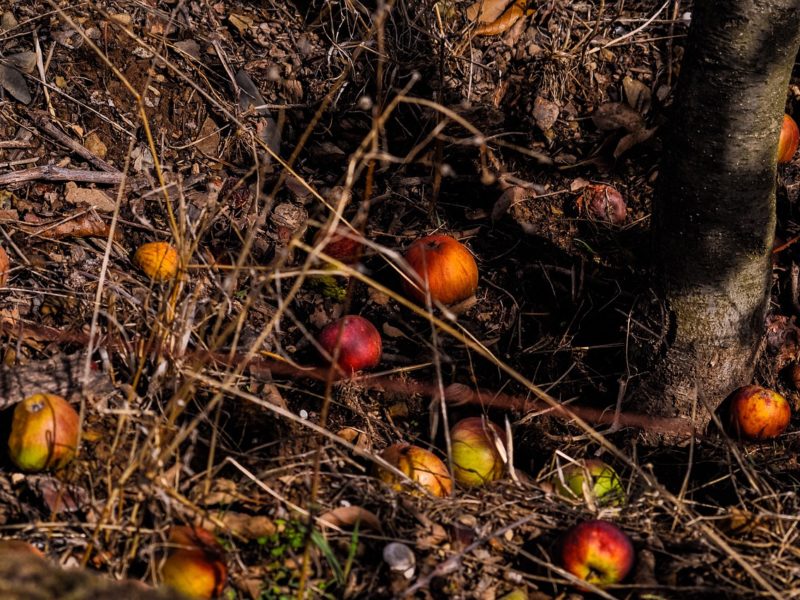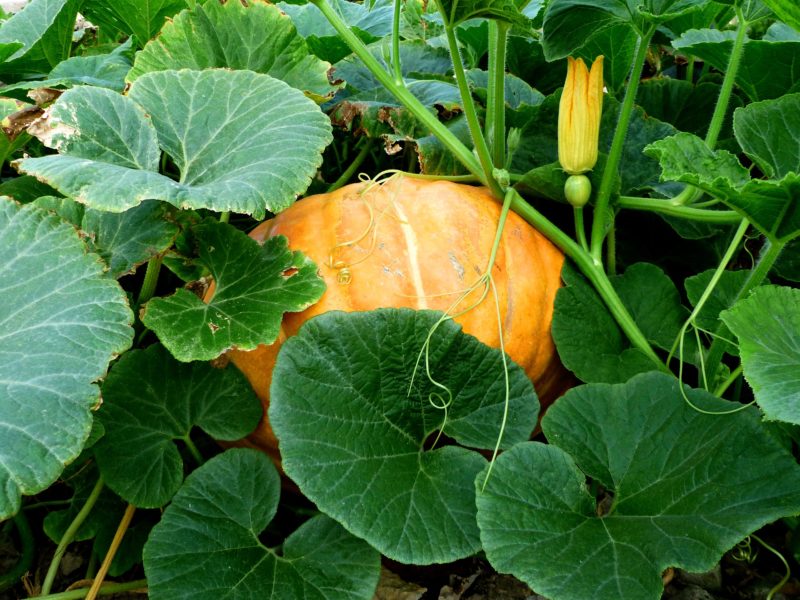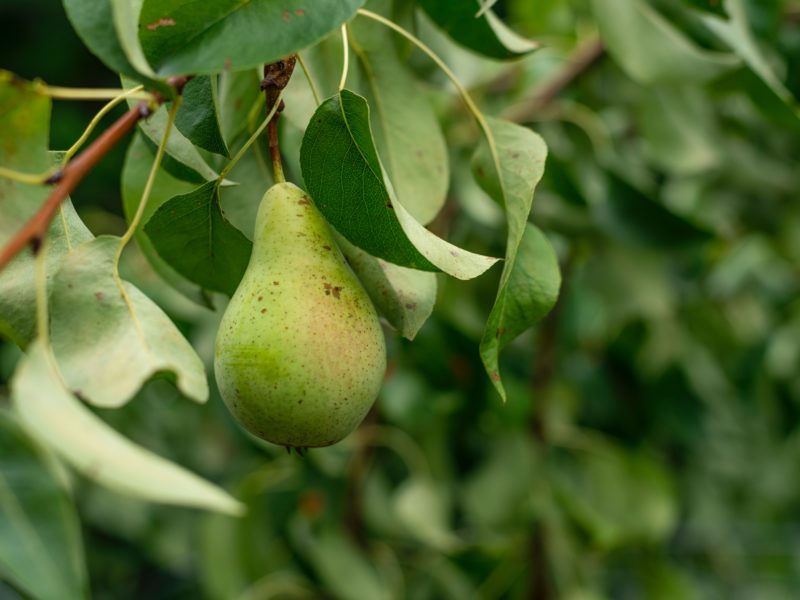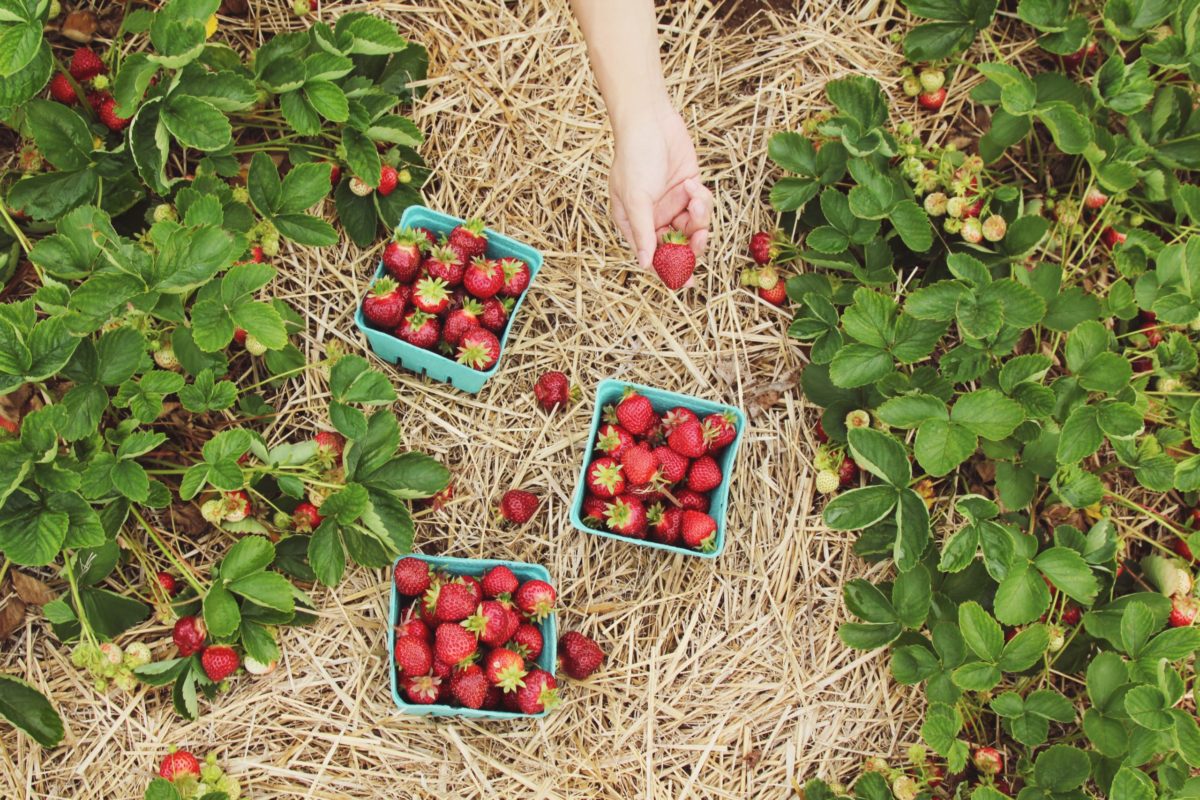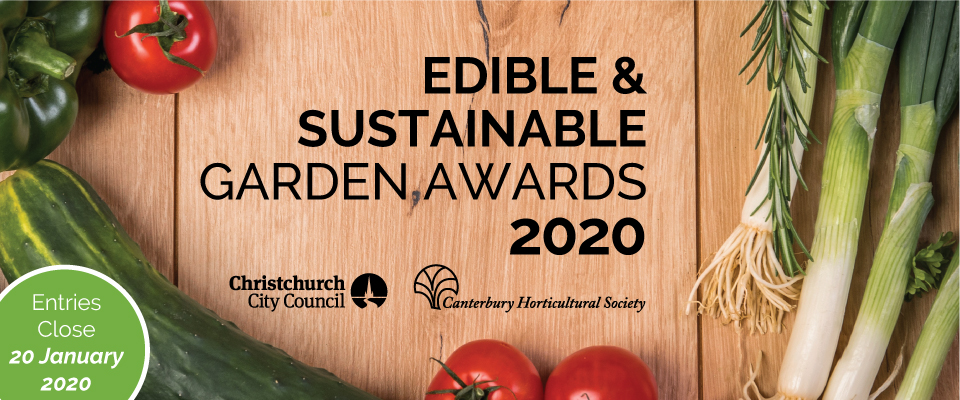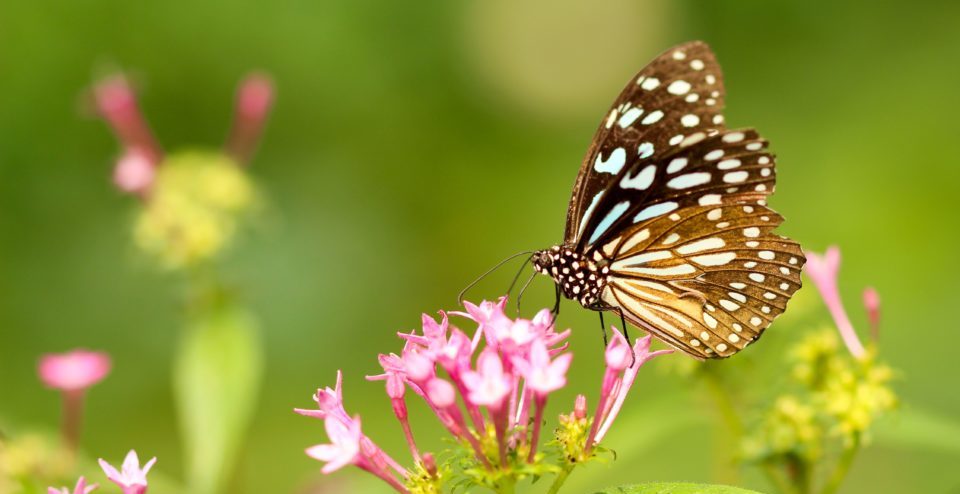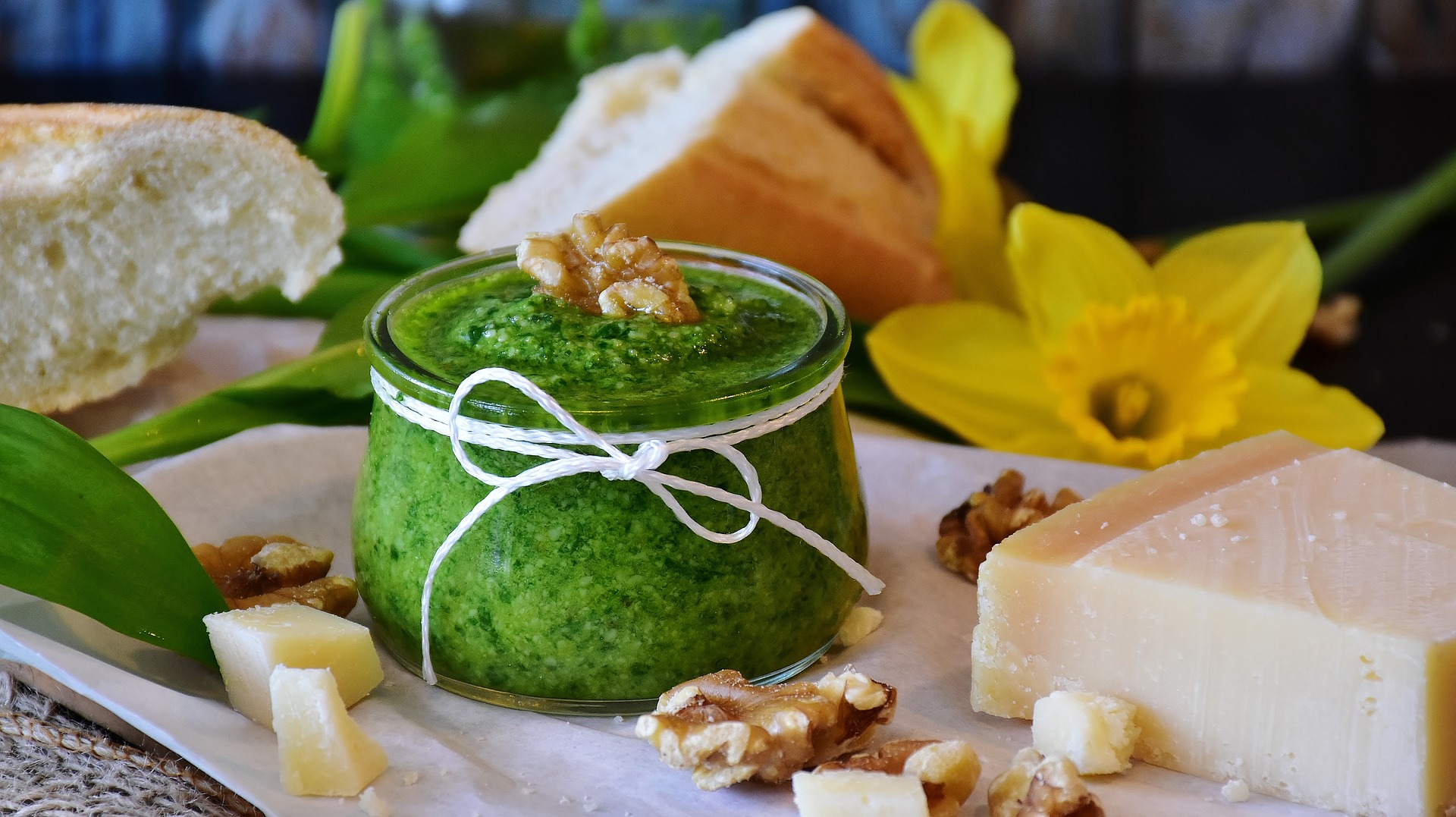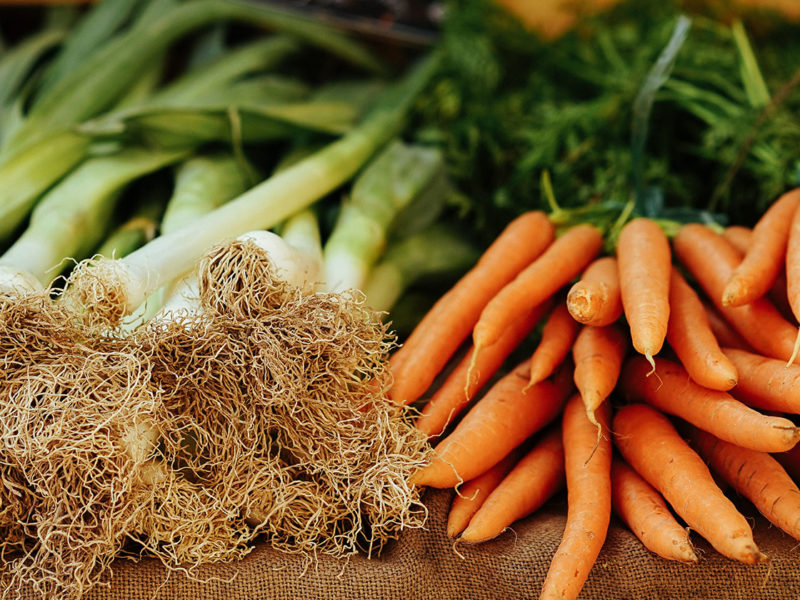
Fruit & Vege Deliveries
Home deliveries There are still a few options for getting your fruit and vegetables delivered in Christchurch – without the wait times of the big supermarket chains. We’ve come across a few that might appeal to our members. If you hear of any, or would like to share your experiences do let us know so … Read More


